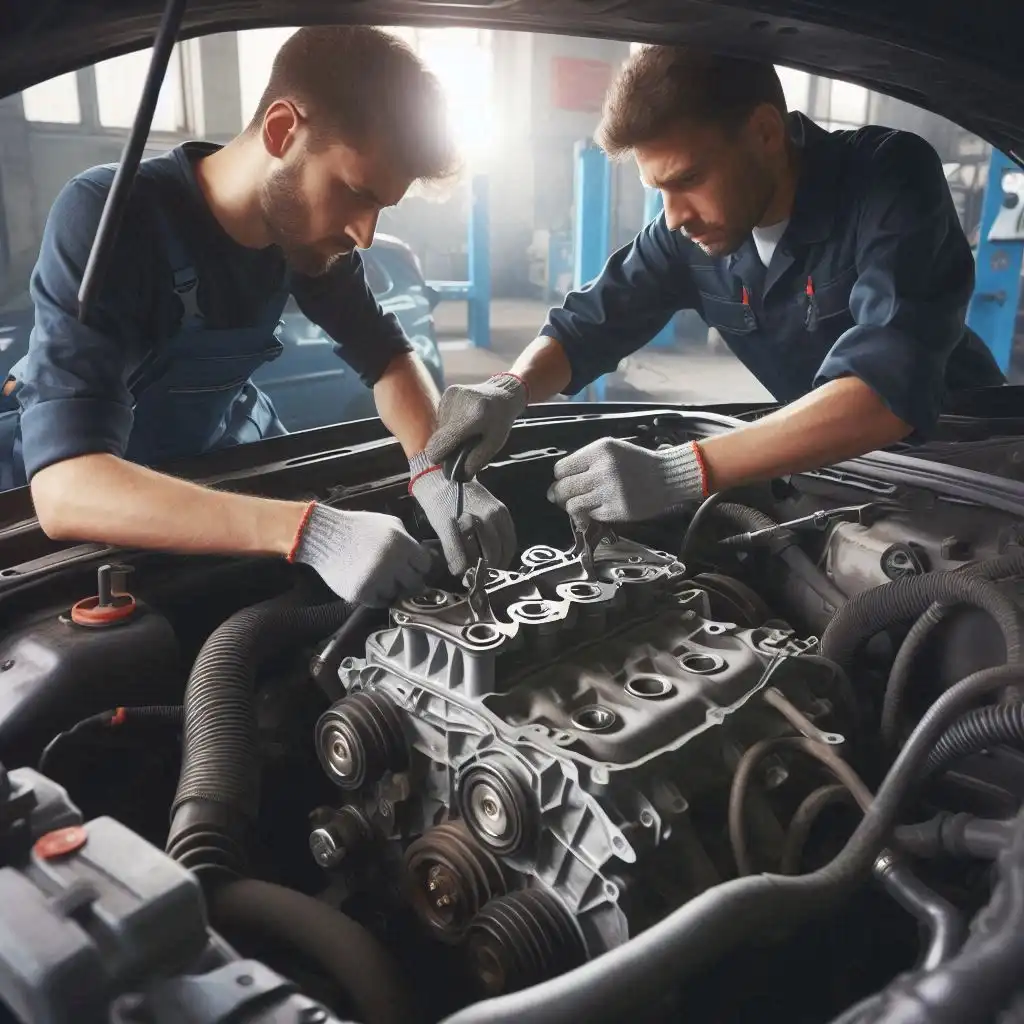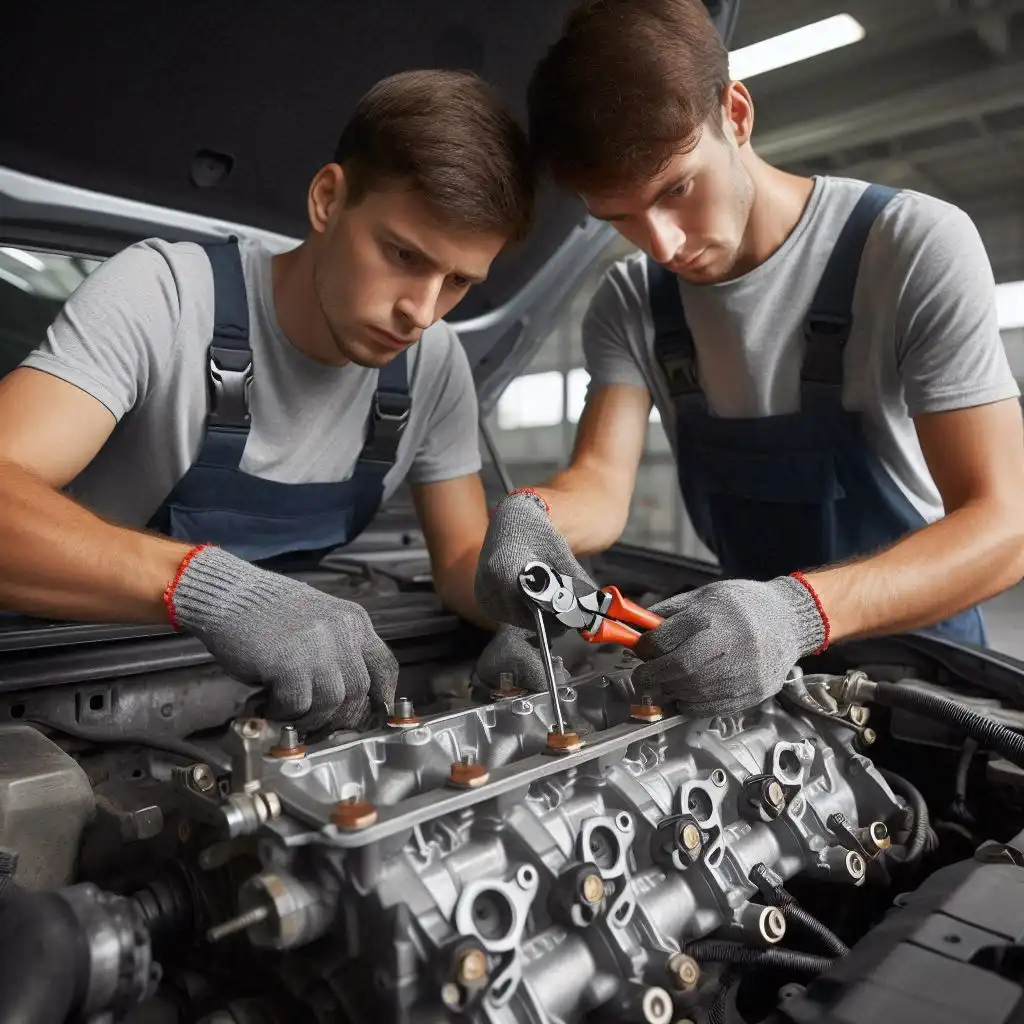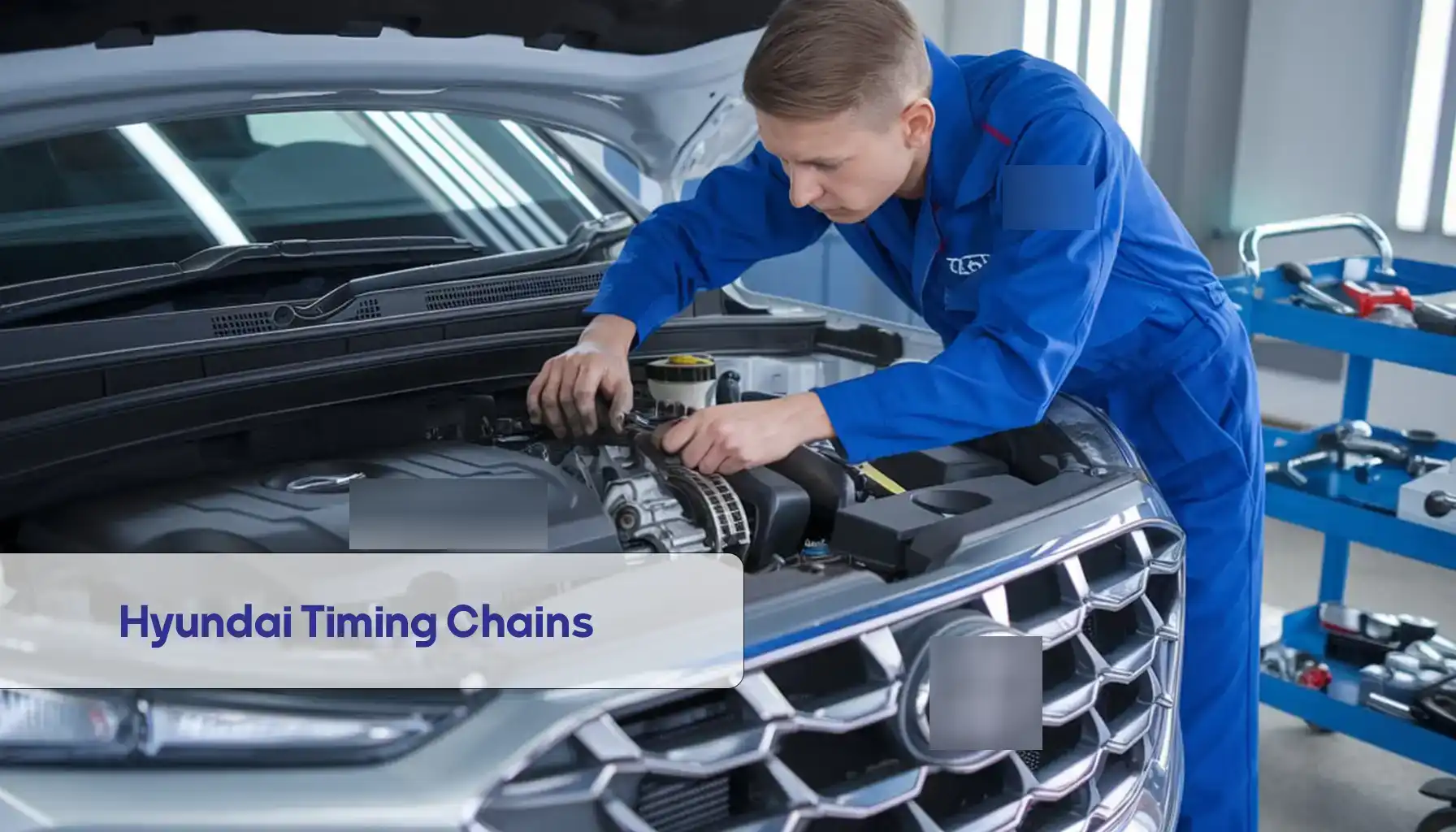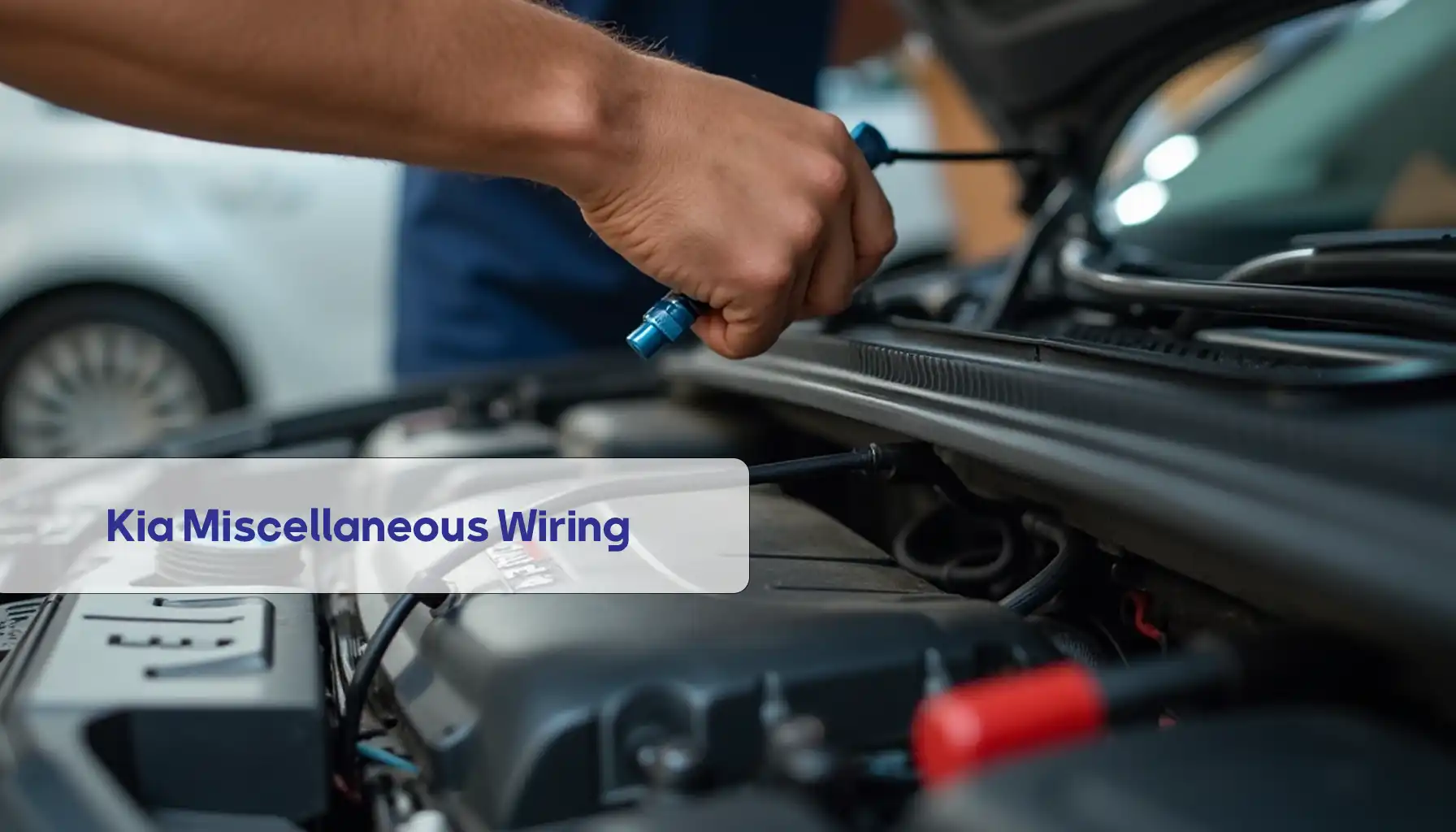Typically, engine mount failure can cause a car in motion to experience jolts, and the engine, in turn, becomes unbalanced. Sudden acceleration, driving over bumps, and the car’s natural vibrations all contribute to this imbalance.
Therefore, these movements must be controlled to prevent damage to the engine. On the other hand, if the engine remains too rigid, it can lead to breakage during movement. For this reason, while the engine must be protected from sudden vibrations, it also needs some flexibility. The engine mount is a stabilizer and supports the vehicle, holding the engine’s weight.

Engine mount failure can occur in a vehicle for various reasons, and it is best to quickly identify the problem and then take the necessary steps to repair the vehicle.
As we’ve mentioned in previous posts on Arsintrading, engine mounts installed in vehicles are divided into two categories: rubber and hydraulic. Rubber engine mounts have a simple mechanism and are less expensive. They are made of plastic and absorb shocks through their vibration.
Hydraulic engine mounts are more complex than rubber ones and consist of a spring, a plastic piece, and a fluid.
As a result, the repair cost for engine mount failure may vary depending on whether it is hydraulic. In this post, we will address the main reasons for engine mount failure and the diagnostic solutions for it.
Symptoms of Engine Mount Failure
The reasons for engine mount failure include:
– Excessive pressure on the engine, especially at high speeds or when driving over bumps or taking off.
– Poor quality of the engine mount.
– Improper installation or fitting of the engine mount.
– Misalignment of the suspension and chassis system.
– Wear and tear of the engine mount.
Signs of engine mount failure include changes in engine performance and increased vibration around it. In hydraulic engine mounts, oil leakage is a symptom of failure. Noise when driving over uneven surfaces also indicates a faulty engine mount. It’s important to note that if one engine mount fails, the others are likely to be damaged, too, as many cars on the market have front-wheel drive. Given the importance of the engine mount in maintaining engine health, it’s best to periodically check your vehicle’s engine mounts to ensure they function correctly. A lowered engine height from the ground and the engine dragging on the ground are signs of engine mount failure.

In many vehicles, the engine mount is essential for preserving the performance and lifespan of the engine and car. Most problems related to engine mounts are seen five to seven years after purchasing the vehicle, but the gearbox mount lasts longer and needs replacement later. Despite this, there is no specific time for replacing engine mounts, and you should purchase and replace them if the mentioned failure symptoms occur.
The most common problem with engine mounts is when the rubber part breaks or separates or when fluid begins to leak from the liquid mount. Common symptoms of engine mount failure include increased engine noise and vibration inside the car.
Often, excessive vibration is more noticeable when idle and becomes more pronounced when the gearbox is engaged. For example, in some 07-08 Honda Civic models, a faulty engine mount can cause vibration and a roaring sound when starting the engine cold in Reverse. In Mazda 3 and some other vehicles, a broken engine mount at high RPM can cause vibration. In some Mitsubishi vehicles, a faulty engine mount can cause idle steering wheel vibration.
Engine Mount Failure Test
Testing for engine mount failure is quite simple and only requires a flashlight. First, while the car is running, engage the handbrake and let the engine idle. Check the engine mount in this state. If it moves or has excessive vibration, it has a problem.
Next, could you turn off the car and let it cool down? Then, inspect the engine mount for cracks or breaks. Check the rubber for cracks or wear. Now, examine the bolts and nuts to ensure they are not loose.

The most common problem with engine mounts is when the rubber part breaks or separates or when fluid begins to leak from the liquid mount. Common symptoms of engine mount failure include increased engine noise and vibration inside the car.
beware of excessive vibration is more noticeable when idle and becomes more pronounced when the gearbox is engaged.



